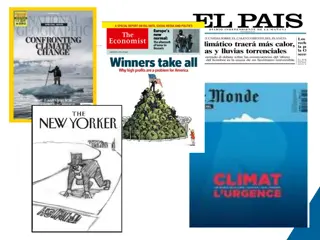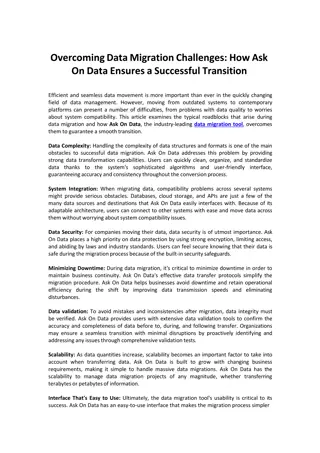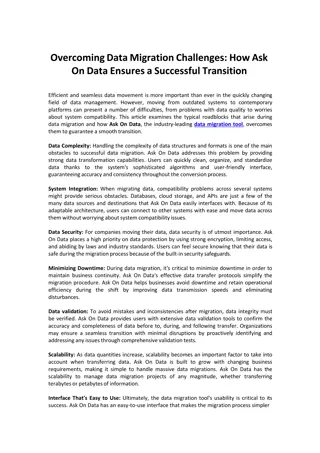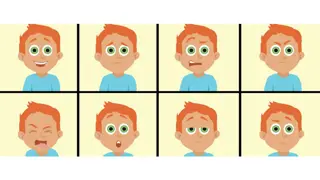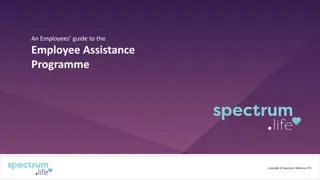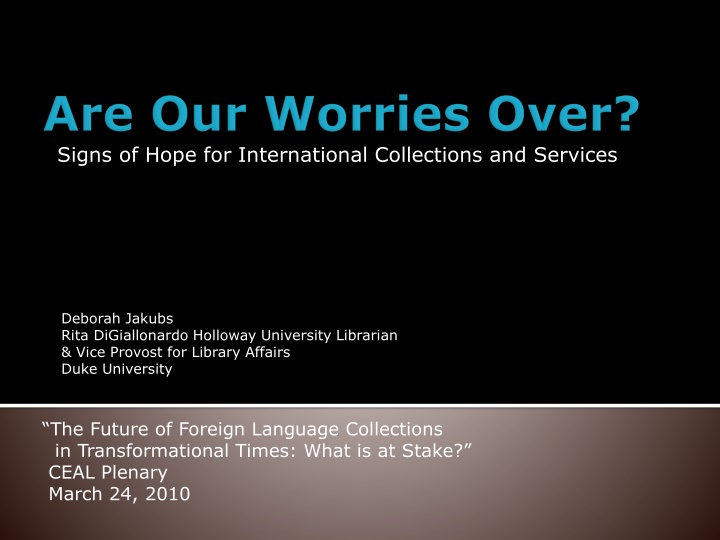
Challenges and Innovations in International Library Collections
Explore the evolving landscape of international library collections through challenges like rising costs, digital threats, and changing research dynamics. Discover hopeful signs such as collaborative digital initiatives and growing area studies collections amid uncertain futures.
Download Presentation

Please find below an Image/Link to download the presentation.
The content on the website is provided AS IS for your information and personal use only. It may not be sold, licensed, or shared on other websites without obtaining consent from the author. If you encounter any issues during the download, it is possible that the publisher has removed the file from their server.
You are allowed to download the files provided on this website for personal or commercial use, subject to the condition that they are used lawfully. All files are the property of their respective owners.
The content on the website is provided AS IS for your information and personal use only. It may not be sold, licensed, or shared on other websites without obtaining consent from the author.
E N D
Presentation Transcript
Signs of Hope for International Collections and Services Deborah Jakubs Rita DiGiallonardo Holloway University Librarian & Vice Provost for Library Affairs Duke University The Future of Foreign Language Collections in Transformational Times: What is at Stake? CEAL Plenary March 24, 2010
Crisis in foreign acquisitions Rising costs and budgetary competition Few researchers relative to other areas Digital threat Traditional area studies questioned Use statistics Uncertain future supply of area studies library specialists
Platform compatibility Rising costs of access to electronic information Faculty interest in new fields and new media Impact on print acquisitions of trend toward digital New interdisciplinary collaborations Uneven availability of full-text databases and discriminatory costs of their creation Diversity of models for digital dissemination
We are not that different. Impact of globalization and internationalization. The original interdisciplinarians. University librarians are paying attention.
Collaborative digital initiatives hold promise. Collections are growing. Area studies collections are special collections. Distributed, cooperative collection development is working.
Comparison of ARL holdings, 2004, 2010 3,000,000 2,812,045 2,500,000 2,206,895 2,000,000 1,898,845 1,842,933 2004 Holdings 1,500,000 2010 Holdings 1,032,427 1,000,000 802,338 464,235 500,000 350,445 18,021 17,200 0 China Japan Taiwan Korea (South) Korea (North)
Average ARL Libraries Holdings in WorldCat, 1980-1984 to 2005-2009 6.0 5.0 4.0 1980 - 1984 1985 - 1989 1990 - 1994 3.0 1995 - 1999 2000 - 2004 2.0 2005-2009 1.0 0.0 Korea (South) Japan Taiwan Korea (North) China
Average Total Libraries' WorldCat holdings, by country (1980-2009) 7.5 7.0 6.5 6.0 5.5 5.0 4.5 4.0 3.5 3.0 2.5 2.0 1.5 1980 - 1984 1985 - 1989 1990 - 1994 1995 - 1999 2000 - 2004 2005-2009 China Korea (North) Taiwan Japan Korea (South)
What evidence do we have that foreign language collections are threatened? What s missing? Why has there been so little formal collaboration among East Asian collections and librarians? Have demand and circulation changed? Is outsourcing the future? Where will the next generation of East Asian/area studies librarians come from and what skills must they bring? What should a university librarian know about foreign language collections in transformational times?






